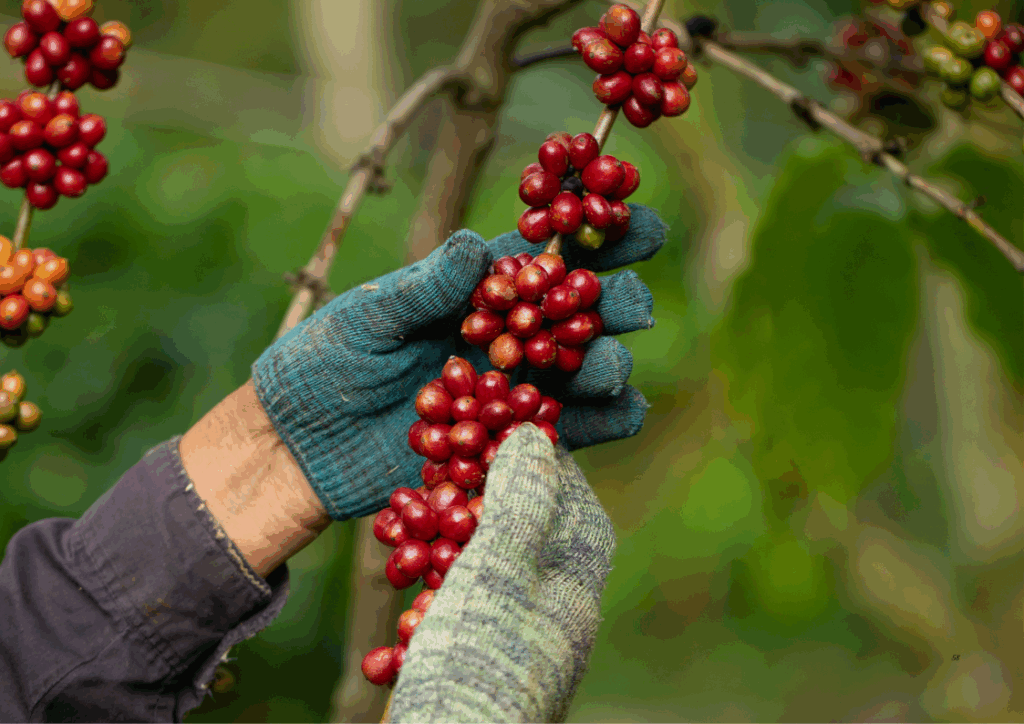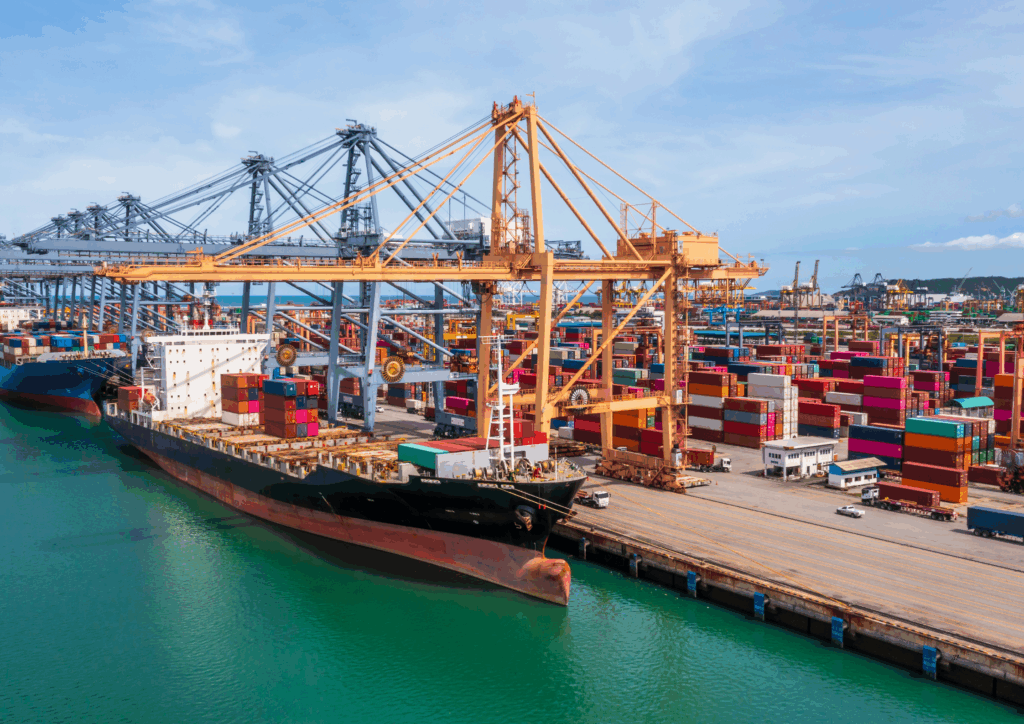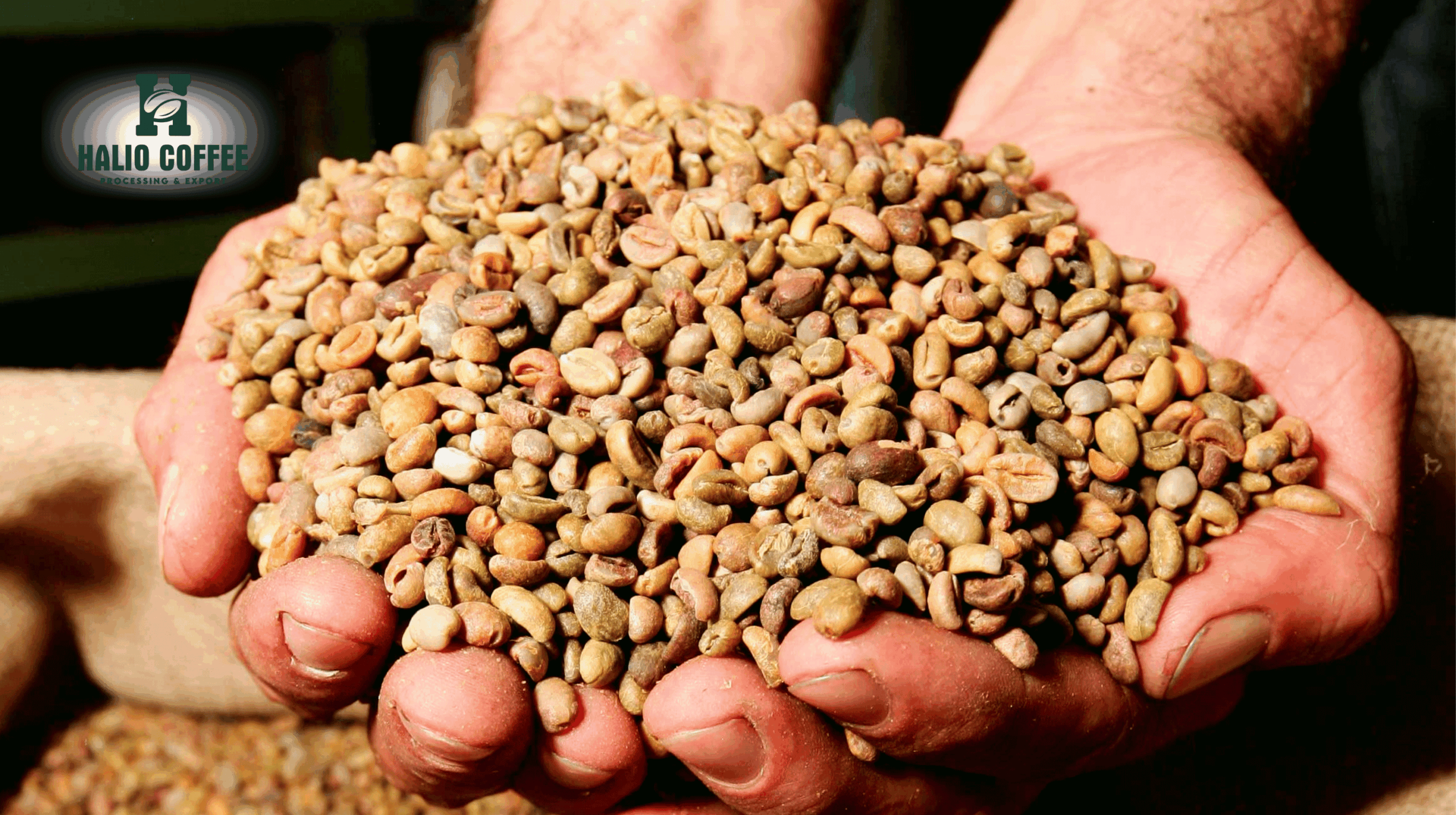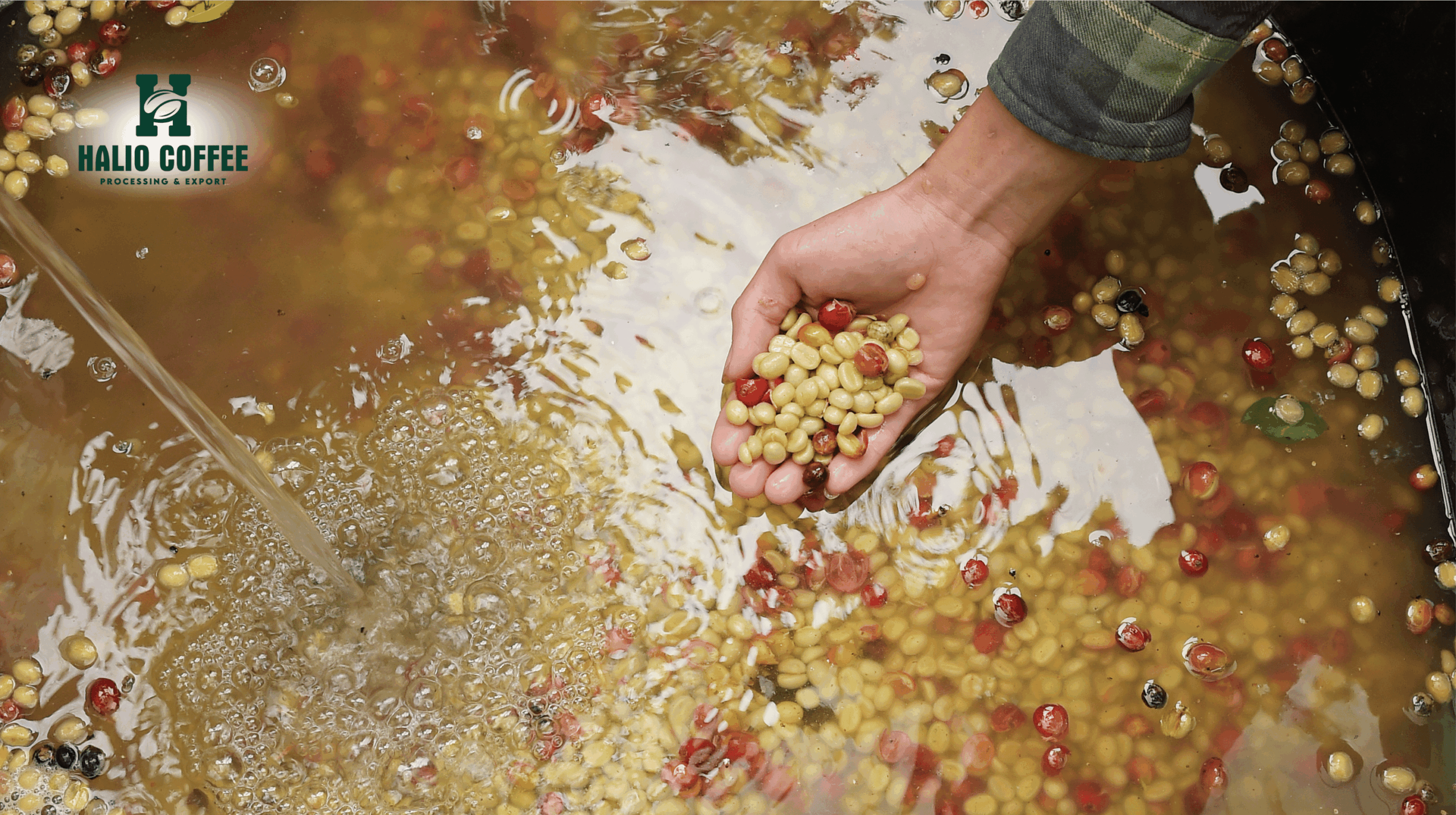Arabica Coffee: The World’s Most Beloved Bean – A Comprehensive Guide for Coffee Businesses
For coffee producers, manufacturers, roasters, and green coffee bean distributors worldwide, Arabica Coffee (Coffea arabica) stands as the undisputed king of the coffee world. Accounting for roughly 60-75% of global coffee production, Arabica is prized for its complex flavors, aromatic richness, and nuanced acidity, making it the cornerstone of the specialty coffee industry. From Buon Ma Thuot, Dak Lak, Vietnam, on July 26, 2025, we offer an in-depth analysis of Arabica coffee, its characteristics, cultivation, processing, market trends, and its significant role in Vietnam’s evolving coffee landscape.
1. Understanding Arabica Coffee: The Scientific & Sensory Foundation
Arabica coffee is derived from the Coffea arabica species, believed to originate from the highlands of Ethiopia. It is known for its delicate growth requirements and its superior cup quality.
1.1 Botanical Characteristics & Ideal Growing Conditions
- Plant Morphology: Arabica plants are typically smaller than Robusta, growing between 2.5 to 4.5 meters in height. They have small, dark green, oval leaves and produce oval-shaped coffee cherries, each usually containing two coffee beans. In Vietnam, it is locally known as “cà phê chè” due to its leaf resemblance to tea plants.
- Altitude & Climate: Arabica thrives in high-altitude coffee regions, typically between 600 to 2,200 meters (around 1,900 to 7,200 feet) above sea level. It prefers a mild, stable climate with temperatures ranging from 15°C to 24°C (59°F to 75°F) and ample rainfall. It is sensitive to frost and extreme heat; temperatures above 30°C can negatively impact flowering, fruit development, and optimal flavor.
- Shade Preference: Arabica plants generally benefit from partial shade, which helps regulate temperature, reduce water evaporation, and promote slower cherry maturation, leading to more complex flavor development. This also contributes to more sustainable farming practices.
- Soil Requirements: It prefers rich, volcanic, well-drained soil, often found in mountainous regions.
1.2 Chemical Composition & Flavor Profile
The inherent chemical composition of Arabica coffee beans contributes significantly to its revered flavor profile:
- Higher Sugar Content: Arabica beans contain nearly twice as much sugar as Robusta, contributing to their perceived sweetness and complexity.
- Higher Lipid Content: With approximately 60% more lipids (fats, oils) than Robusta, Arabica coffee offers a smoother mouthfeel and helps carry complex aromatic compounds.
- Higher Acidity: Arabica is characterized by a pleasant, bright acidity (often citric, malic, or tartaric), which adds to its vibrancy and complexity, akin to the desirable acidity in fine wines.
- Lower Caffeine Content: Arabica typically contains 1.2% to 1.5% caffeine by weight, significantly less than Robusta (2.2% to 2.7%), making it a milder and more palatable option for many consumers.
- Flavor Profile: The hallmark of Arabica is its complex and nuanced flavor. Common tasting notes include:
- Fruity: Often reminiscent of berries (blueberry, strawberry), citrus (lemon, orange), or stone fruits (peach, apricot).
- Floral: Delicate aromatic notes like jasmine or honeysuckle.
- Nutty/Chocolaty: Subtle undertones of roasted nuts, caramel, or dark chocolate.
- Sweet: A natural sweetness, often described as honey-like or syrupy.
- Clean & Balanced: A well-processed Arabica typically offers a clean finish with a harmonious balance of sweetness, acidity, and bitterness.
See more:
2. Arabica Production and Processing Methods

The journey from cherry to green coffee bean significantly influences the final cup quality of Arabica. Understanding these processes is crucial for any coffee roaster or coffee manufacturer.
2.1 Harvesting Techniques
- Selective Hand-Picking: This is the preferred method for specialty Arabica, ensuring only ripe cherries are harvested. While labor-intensive, it leads to higher quality and a more consistent Natural Coffee Flavor Profile.
- Strip Picking: All cherries are stripped from the branch at once, regardless of ripeness. Less common for high-quality Arabica.
- Mechanical Harvesting: Used in large-scale farms (e.g., Brazil) where terrain allows. Requires subsequent sorting to separate ripe from unripe cherries.
2.2 Primary Processing Methods
The processing method dramatically shapes the final flavor and clarity of the Arabica Coffee.
- Washed Process (Wet Process):
- Method: Cherries are pulped (outer skin removed), then fermented in water tanks to break down mucilage, followed by washing and drying.
- Flavor Impact: Produces clean coffee beans with bright acidity, clear origin characteristics, and a lighter body. It allows the inherent bean flavors to shine, making it popular for many specialty coffee offerings.
- Natural Process (Dry Process):
- Method: Whole coffee cherries are dried with the fruit intact, allowing the fruit’s sugars and flavors to infuse the bean.
- Flavor Impact: Results in highly fruity, sweet, full-bodied coffees, often with notes of berries, tropical fruits, and a wine-like character. (For an in-depth look, refer to our previous analysis on “Natural Coffee Flavor Profile“).
- Honey Process (Pulped Natural):
- Method: Cherries are pulped, but some or all of the mucilage is left on the bean during drying.
- Flavor Impact: Offers a balance between washed and natural, typically sweet with medium body, nuanced fruit notes, and a mellow acidity. Named for the sticky mucilage, not a honey flavor.
2.3 Post-Harvest & Storage
After drying, parchment coffee (for washed/honey) or dried cherries (for natural) undergo dry milling to remove remaining layers, followed by meticulous sorting (by size, density, color, and defect removal). Proper storage in cool, dry conditions, ideally in GrainPro bags, is crucial for maintaining the quality and freshness of green coffee beans before they reach the coffee roaster.
3. The Arabica Coffee Market: Trends and Vietnamese Contributions

The global Arabica coffee market is dynamic, influenced by consumer preferences, climate change, and evolving supply chains.
3.1 Global Market Dynamics
- Dominant Market Share: Arabica consistently holds the largest share of the global coffee market, particularly in the specialty segment.
- Growing Demand for Specialty: Consumers are increasingly seeking out high-quality, traceable, and ethically sourced Arabica, driving demand for premium beans. This fuels the growth of specialized green coffee bean distributors.
- Price Volatility: Arabica prices are subject to global commodity market fluctuations, influenced by weather patterns in major producing countries (e.g., Brazil, Colombia) and geopolitical events.
- Sustainability Imperative: There is a strong and growing trend towards sustainable and ethical sourcing. Buyers, including large manufacturers and green coffee bean distributors, prioritize certifications (Fair Trade, Organic, Rainforest Alliance, 4C) and direct trade relationships that ensure fair wages and environmentally friendly practices.
- EU Deforestation Regulation (EUDR): Effective December 2024, the EUDR requires robust, verifiable farm-level traceability data for coffee imports, proving that the coffee does not contribute to deforestation. This significantly impacts sourcing strategies, especially for producers and exporters, including those in Vietnam.
3.2 Arabica in Vietnam: An Emerging Powerhouse
While Vietnam is globally renowned as the largest Robusta producer, its Arabica coffee sector is rapidly growing in quality and recognition, particularly for specialty grades. This represents a significant opportunity for both domestic and international coffee roasters and coffee manufacturers.
- Key Growing Regions:
- Lam Dong Province (Cau Dat, Da Lat): This is Vietnam’s premier Arabica region, known for its high altitudes and cool climate. Vietnamese Arabica coffee from Cau Dat offers distinct profiles with balanced acidity, good body, and notes often including chocolate, nuts, and subtle fruits. It’s a key source for specialty coffee in Vietnam.
- Northwestern Provinces (Son La, Dien Bien): These areas are increasingly producing promising Arabica, often with unique microclimates that yield nuanced flavor profiles. Investment in processing infrastructure is boosting quality.
- Quang Tri (Huong Hoa): An emerging region gaining attention for its potential in Arabica cultivation, with distinct microclimates offering new flavor possibilities for Arabica coffee.
- Quality Improvement Initiatives: Vietnamese farmers and exporters are actively investing in:
- Improved Cultivation Practices: Better agricultural techniques, varietal selection, and sustainable farming methods to enhance coffee bean quality.
- Advanced Processing: Adoption of raised drying beds, controlled fermentation for natural and honey processes, and modern dry milling, leading to higher-scoring green coffee beans.
- Cupping and Quality Control: Increased focus on sensory evaluation, with more Vietnamese professionals obtaining Q-grader certifications, ensuring consistent cupping scores.
- Strategic Advantages for Buyers:
- Diversification of Origin: Offers unique flavor profiles that can diversify a roaster’s portfolio beyond traditional origins.
- Competitive Value: While specialty Vietnamese Arabica commands a premium, it can offer competitive pricing for its quality compared to more established origins, potentially boosting margins for coffee companies.
- Traceability Progress: Many Vietnamese producers and exporters are actively building robust traceability systems, crucial for meeting international regulations like EUDR and for appealing to transparent sourcing demands.
4. Strategic Sourcing of Arabica Coffee for Businesses

For coffee companies looking to source high-quality Arabica coffee, a strategic and informed approach is vital.
- Define Your Needs Clearly:
- Flavor Profile: Identify desired taste notes, acidity, and body. Are you looking for bright washed, fruity natural, or balanced honey-processed Arabica? Consider how the Natural Coffee Flavor Profile might fit into your offerings.
- Volume & Consistency: Determine your required quantities and how much consistency across batches is needed.
- Certifications & Sustainability: Specify any desired certifications (Organic, Fair Trade) or ethical sourcing requirements.
- Budget: Establish your price range per kilogram for green coffee beans.
- Vet Potential Suppliers Thoroughly:
- Reputation & Experience: Choose green coffee bean distributors or direct exporters with a proven track record in specialty Arabica. Look for partners with established relationships with coffee producers in Vietnam.
- Quality Control: Inquire about their cupping protocols, processing oversight, and lab facilities. Request detailed green coffee analysis reports, including moisture content and defect levels.
- Transparency & Traceability: Demand clear information on origin, farm, varietal, and processing. Crucially, verify their ability to comply with regulations like EUDR if applicable to your market.
- Request Samples & Conduct Rigorous Cupping:
- Never purchase without sampling. Conduct blind cuppings to objectively evaluate the Arabica coffee against your quality standards.
- For coffee roasters, test various roast profiles to understand the bean’s full potential and how it performs in different applications (e.g., espresso blends, filter coffee).
- Understand Logistics & Packaging:
- Confirm shipping lead times, minimum order quantities (MOQs), and payment terms.
- Ensure proper packaging (e.g., GrainPro bags or vacuum packing for micro-lots) to protect raw coffee beans from moisture and contamination during transit and storage.
- Build Long-Term Relationships:
- Forge partnerships based on trust and mutual understanding. Long-term relationships often lead to more consistent quality, preferred access to limited lots, and custom processing options, which are invaluable in the specialty coffee market.
Arabica coffee remains the benchmark for quality and flavor in the global coffee industry. Its complex flavor profile, lower caffeine content, and versatile applications make it indispensable for roasters, manufacturers, and green coffee bean distributors aiming for premium product offerings. As Vietnam continues its impressive journey in elevating its Arabica production, particularly in specialty-grade washed, natural, and honey-processed varieties, it presents an increasingly attractive and reliable source for global buyers. By prioritizing quality, traceability, and sustainable practices, businesses can secure exceptional Arabica coffee from Vietnam, meeting evolving consumer demands and thriving in the competitive global market. The future of Vietnamese Arabica is bright, promising unique and high-quality beans for the world’s most discerning coffee palates.
- The Ultimate Vietnamese Coffee Supplier Checklist: A Practical Tool for Strategic Sourcing
- The B2B Sourcing Guide: How to Vet and Partner with a World-Class Green Bean Coffee Company
- Direct Trade Vietnamese Arabica Coffee: Redefining Transparency and Quality in the Global Coffee Industry
- How Coffee Roasters Are Fighting Rising Costs
- Coffee Prices Today, August 28: Sharp Gains as Robusta Surpasses $5,000/ton







